The Mesozoic Era: The Age of Reptiles, Dinosaurs and Conifers
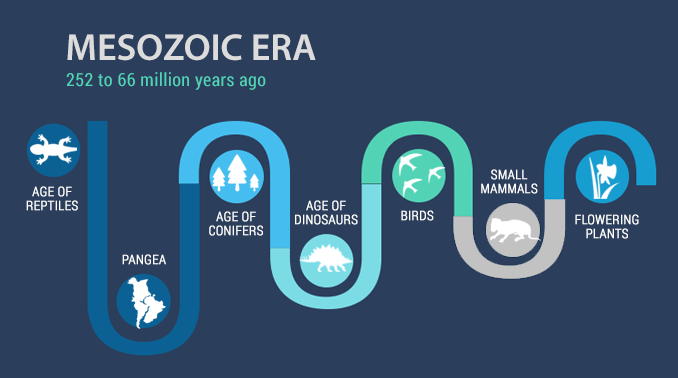
The Mesozoic Era (252 to 66 million years ago)
The Mesozoic Era had a lot of “firsts”. For example, it had the first birds, first mammals, first dinosaurs, and first flowering plants.
Not only was this a significant era for evolution, but also for climate and tectonic activity.
Pangaea started rifting into separate continents from one giant landmass.
And Earth’s climate was dry. Though opinions vary, it’s believed to have had its highest oxygen levels in history.
1. Reptiles adapted better to drier conditions
Remember the Paleozoic Era just before underwent a remarkable diversification in life (Cambrian explosion).
It was only to end in the largest extinction event in Earth’s history (Permian-Triassic Extinction). But life didn’t completely vanquish at this point.
When Earth’s climate became hotter and drier, rainforests began to collapse. Deserts swept the land and left islands of forests.
Reptiles were different because they could lay their hard-shelled eggs on land. By cutting ties with the ocean, reptiles adapted to life on land.
Amphibians already partially evolved to land conditions. But reptiles were larger and could travel longer distances.
“Reptiles gained an ecological advantage because they had less competition for food in dryland conditions. This triggered the start of the age of reptiles.”
2. It’s the age of dinosaurs for 160 million years

As conditions changed, dinosaurs (also known as terrible lizards) began to evolve. Similar to reptiles, they had scaly skin and hatched eggs like reptiles.
At the same time, conifers filled the landscape. This became an important food source for dinosaurs. In addition, oxygen levels increased to 35% compared to 21% today.
The theory is that gigantism is correlated with oxygen content in the atmosphere. Higher oxygen levels meant more size and mass. There are varying opinions on oxygen levels in the Mesozoic Era. Regardless, these reptile-like mammals grew extraordinarily in size.
For the next 160 million years, dinosaurs were the dominant land vertebrates on Earth. This existed until the Cretaceous-Paleogene extinction.
“If you rewind the clock 230 million years back, dinosaurs dominated the land. Not just for a short span of time. But they dominated for over 175 million years. This all happened in the Mesozoic Era”
3. The age of conifers begins

Vegetation was very different in the Mesozoic Era. Plants were less diverse. And conifers began dominating the landscape.
Conifers store vast amounts of carbon. They really changed the chemical makeup of the atmosphere as carbon storage was believed to have jumped at this time.
At the bottom of the food chain, plants became an essential source of food. Some dinosaurs adapted as carnivores and some as herbivores.
But most dinosaurs were plant-eaters and snacked on plants like conifers. This means their biological success was tied to specific varieties of plants. Without them, there would have not been dinosaurs or any other animal.
“The Mesozoic Era marked the rise of conifer trees. Conifers like redwoods and pines were the major source of food for herbivore dinosaurs.”
4. The Pangaea supercontinent starts rifting apart
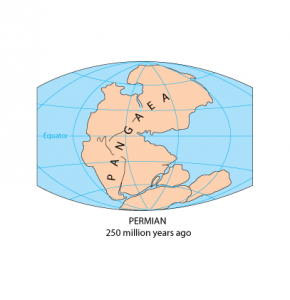
After the extinction of dinosaurs, geologists have dug up fossils from around the world. They’ve kept a thorough record documenting the species and location.
The first thing geologists found was that some dinosaurs were better suited for water, air, and land. For example, pterodactyls preyed upon fish from the sky. But the “lystrosaurus” was a herbivore and ate small plants on land.
The second thing geologists uncovered was the distribution of fossils on land. For instance, they found “lystrosaurus” fossils in India, Africa, and Antarctica.
So how can land herbivores exist on separate continents? They didn’t fly or swim. The reason is that Earth existed as one giant supercontinent Pangaea. But over time, the land masses separated apart into the 7 continents and 5 oceans that we see today.
Now we know that plate tectonics was the mechanism that tore continents apart. Because of the fossil evidence, we know the Mesozoic Era experienced a significant continental rift.
An Overview of the Mesozoic Era
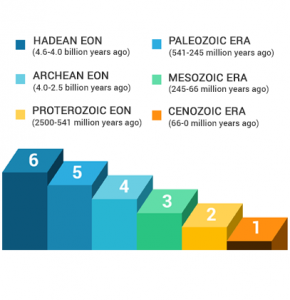
252 to 66 million years ago, reptiles and dinosaurs dominated the Mesozoic Era. But it was also the first for birds, mammals, and flowering plants.
Other than the significant evolution in the Mesozoic Era, climate and tectonic activity shaped the landscape. For example, Pangaea started to separate. Eventually, this continental rift into our modern land configuration.
But as we know, dinosaurs went extinct at the start of the Cenozoic Era, only for mammals to emerge as the dominant species.
Make sure you read more of our timelines to explore the history of Earth:
The Mesozoic Era (252 to 66 million years ago)
The Mesozoic Era is the geological period between 252 million and 66 million years ago and is subdivided into three epochs: the Triassic, Jurassic, and Cretaceous.
The Mesozoic Era is often referred to as the Age of Reptiles because most dinosaurs lived there.
Do you have any questions or comments? Please feel free to use the comment form below and let us know what’s on your mind.


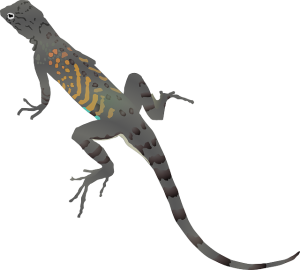
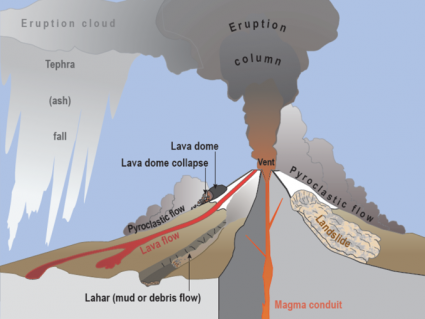
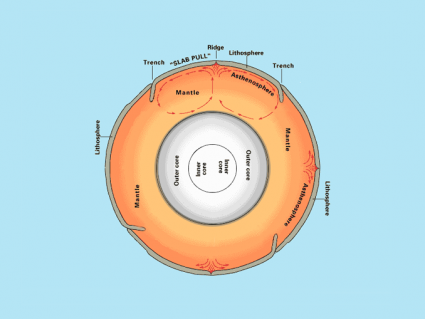


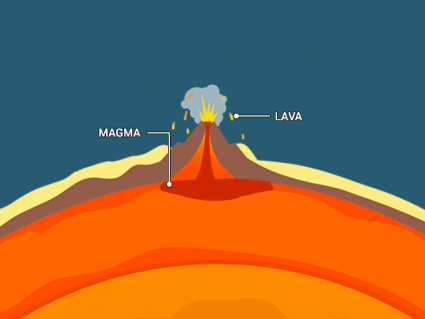
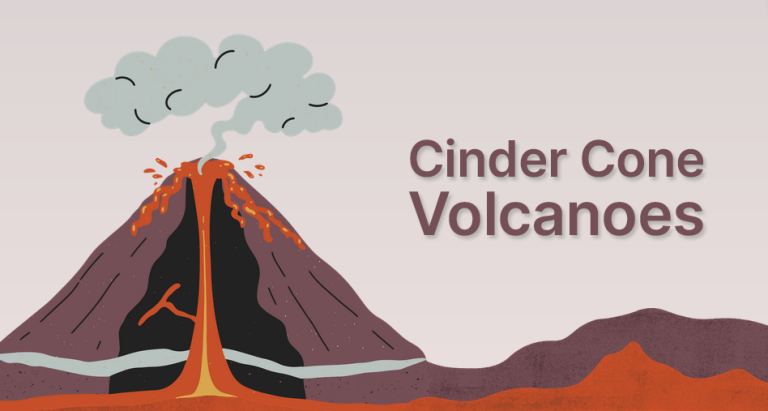
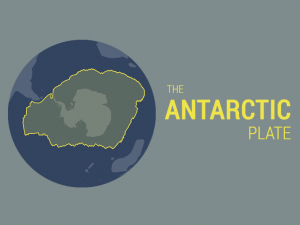
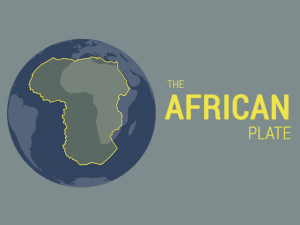
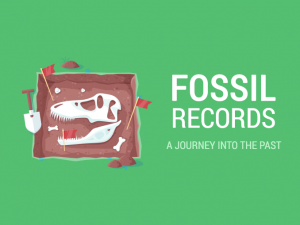
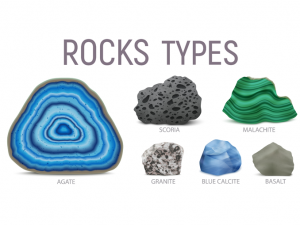
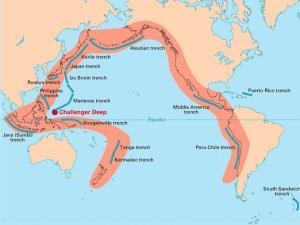



During this time period, coniferous plants were most dominant.
Why is Mesozoic era called era of conifers?
This is when conifers first emerged
Mesozoic era is called the era of conifers. Why
This article was so good I sent it to all my grandchildren